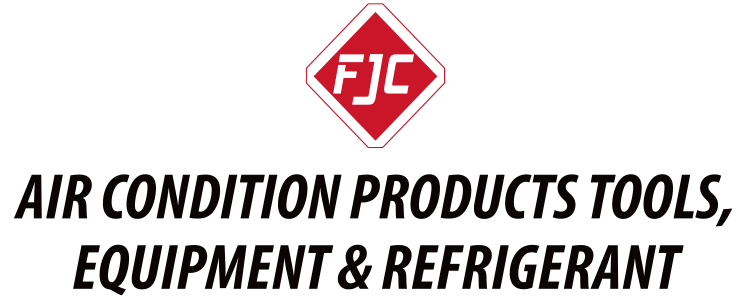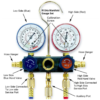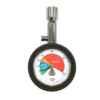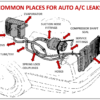Mr. Fixit: Annual A/C Inspection Checklist
To keep your automotive A/C running well throughout the year, it’s important to be proactive. An annual inspection is recommended, ideally during the Fall or Spring seasons. Many use the change to or from Daylight Saving Time as an inspection reminder.
Note: Always use extreme caution when under the hood with the engine running. Use hand and eye protection, and take care to stay away from all moving components.
Sight Inspection
| Check Compressor clutch. Does the compressor clutch engage when the A/C is on and the vehicle is running? If not, it may indicate a low (or empty) refrigerant charge or an electrical problem and should be seen by a professional. | |
| Check whether the A/C is blowing cold air. If not, you may have a low refrigerant charge. Pressure gauges can be used to check the charge. If it’s low, add the proper refrigerant for your system to bring it to full charge. | |
| Ensure that service port caps are installed on the A/C service ports. These are needed to seal the refrigerant and also to help keep out dirt. If one is missing, replace it. | |
| Check all belts for cracks, wear or signs of aging. Have them replaced at the first sign of any of these conditions. | |
| Examine all system hoses for cuts, abrasions, weak spots or signs of leakage. Leakage is generally indicated by areas with an accumulation of dirt and oil, particularly at connections and fittings. | |
| Ensure that the condenser is free from obstructions, such as leaves or insects which could reduce airflow and diminish A/C performance. |
Sound Inspection
| Listen for rapid clicking or cycling noises at the compressor. This could indicate a low refrigerant charge or possibly a more serious issue. Using gauges, check the pressure, and if low, add refrigerant. If not, bring it to a service tech. | |
| Listen for unusual knocking sounds near the compressor, with the engine running and the A/C “off”. These sounds could be the first sign of a failing compressor clutch or loose mounting hardware. Tighten any loose or rattling bolts. |
Temperature Inspection
| Check whether the A/C is blowing cold air. If not, you may have a low refrigerant charge. Pressure gauges can be used to check the charge. If it’s low, add the proper refrigerant for your system to bring it to full charge. |
LMK 2021





